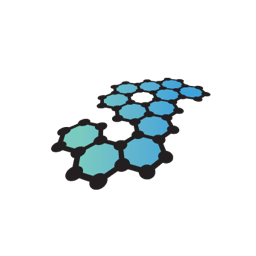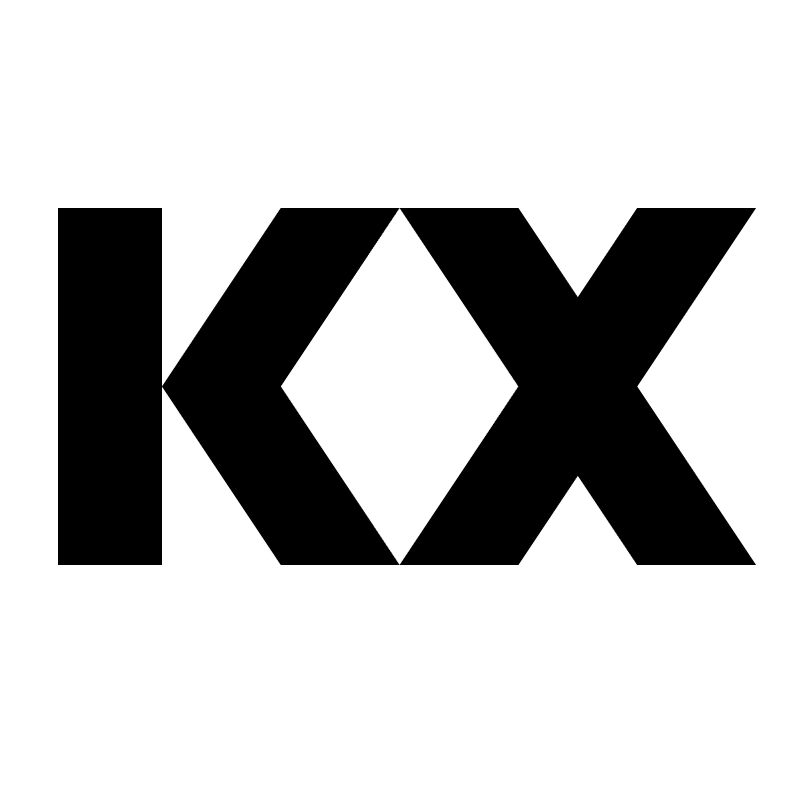Graphite vs Kdb
A detailed comparison
Compare Graphite and Kdb for time series and OLAP workloads
Learn About Time Series DatabasesChoosing the right database is a critical choice when building any software application. All databases have different strengths and weaknesses when it comes to performance, so deciding which database has the most benefits and the most minor downsides for your specific use case and data model is an important decision. Below you will find an overview of the key concepts, architecture, features, use cases, and pricing models of Graphite and Kdb so you can quickly see how they compare against each other.
The primary purpose of this article is to compare how Graphite and Kdb perform for workloads involving time series data, not for all possible use cases. Time series data typically presents a unique challenge in terms of database performance. This is due to the high volume of data being written and the query patterns to access that data. This article doesn’t intend to make the case for which database is better; it simply provides an overview of each database so you can make an informed decision.
Graphite vs Kdb Breakdown
 |
 |
|
| Database Model | Time series database |
Time series and columnar database |
| Architecture | Graphite can be deployed on-premises or in the cloud, and it supports horizontal scaling by partitioning data across multiple backend nodes. |
Kdb can be deployed on-premises, in the cloud, or as a hybrid solution. |
| License | Apache 2.0 |
Closed source |
| Use Cases | Monitoring, observability, IoT, real-time analytics, DevOps, application performance monitoring |
High-frequency trading, financial services, market data analysis, IoT, real-time analytics |
| Scalability | Horizontally scalable, supports clustering and replication for high availability and performance |
Highly scalable with multi-threading and multi-node support, suitable for large-scale data processing |
Looking for the most efficient way to get started?
Whether you are looking for cost savings, lower management overhead, or open source, InfluxDB can help.
Graphite Overview
Graphite is an open-source monitoring and graphing tool created in 2006 by Orbitz and open sourced in 2008. Graphite is designed for storing time series data and is widely used for collecting, storing, and visualizing metrics from various sources, such as application performance, system monitoring, and business analytics.
Kdb Overview
kdb+ is a high-performance columnar, time series database developed by Kx Systems. Released in 2003, kdb+ is designed to efficiently manage large volumes of data, with a primary focus on financial data, such as stock market trades and quotes. It is built on the principles of the q programming language, which is a descendant of APL and K. The database is known for its speed, scalability, and ability to process both real-time and historical data.
Graphite for Time Series Data
Graphite is specifically designed and optimized for time series data. It uses the Whisper database format, which efficiently stores and manages time series data by automatically aggregating and expiring data based on user-defined retention policies. Graphite supports a wide range of functions for querying, transforming, and aggregating time series data, enabling users to create custom graphs and dashboards. However, as Graphite focuses exclusively on time series data, it may not be suitable for other types of data or use cases that require more advanced data modeling or querying capabilities.
Kdb for Time Series Data
kdb+ is designed to store time series data, making it a natural fit for applications that require high-speed querying and analysis of large volumes of data. Its columnar storage format allows for efficient compression and retrieval of time series data, while its q language provides a powerful and expressive means to manipulate and analyze the data. kdb+ is especially strong for financial data, though it can be used for other types of time series data as well.
Graphite Key Concepts
- Metric: A metric in Graphite represents a time series data point, consisting of a path (name), timestamp, and value.
- Series: A series is a collection of metrics that are all related to the same thing. For example, you might have a series for CPU usage, a series for memory usage, and a series for disk usage.
- Whisper: Whisper is a fixed-size, file-based time series database format used by Graphite. It automatically manages data retention and aggregation.
- Carbon: Carbon is the daemon responsible for receiving, caching, and storing metrics in Graphite. It listens for incoming metrics and writes them to Whisper files.
- Graphite-web: Graphite-web is the web application that provides a user interface for visualizing and querying the stored time series data.
Kdb Key Concepts
- q language: A high-level, domain-specific programming language used for querying and manipulating data in kdb+. It combines SQL-like syntax with a functional programming style.
- Columnar storage: kdb+ stores data in columns, rather than rows, which allows for faster querying and analysis of time series data.
- Tables: kdb+ stores data in tables, which are similar to relational tables, but with a focus on columnar storage and time series data.
- Splayed tables: A table storage format where each column is stored in a separate file, further enhancing query performance.
Graphite Architecture
Graphite’s architecture consists of several components, including Carbon, Whisper, and Graphite-web. Carbon is responsible for receiving metrics from various sources, caching them in memory, and storing them in Whisper files. Whisper is a file-based time series database format that efficiently manages data retention and aggregation. Graphite-web is the web application that provides a user interface for querying and visualizing the stored time series data. Graphite can be deployed on a single server or distributed across multiple servers for improved performance and scalability.
Kdb Architecture
kdb+ is a columnar, time series database that employs a custom data model tailored for efficient storage and querying of time series data. It does not use traditional SQL, but instead relies on the q language for querying and data manipulation. The architecture of kdb+ is designed for both in-memory and on-disk storage, with the ability to scale horizontally across multiple machines. The primary components of kdb+ are the database engine, the q language interpreter, and the built-in web server.
Free Time-Series Database Guide
Get a comprehensive review of alternatives and critical requirements for selecting yours.
Graphite Features
Real-time monitoring and visualization
Graphite provides real-time monitoring and visualization capabilities, allowing users to track and analyze their time series data as it is collected.
Flexible querying and aggregation functions
Graphite supports a wide range of functions for querying, transforming, and aggregating time series data, enabling users to create custom graphs and dashboards tailored to their specific needs.
Data retention and aggregation
Graphite’s Whisper database format automatically manages data retention and aggregation, reducing storage requirements and improving query performance.
Kdb Features
High performance
kdb+ is known for its speed and performance, with its columnar storage format and q language allowing for rapid querying and analysis of time series data.
Scalability
kdb+ is designed to scale horizontally, making it suitable for handling large volumes of data across multiple machines.
q language
The q language is a powerful, expressive, and high-level language used for querying and manipulating data in kdb+. It combines SQL-like syntax with a functional programming style.
Graphite Use Cases
Application performance monitoring
Graphite is widely used for monitoring the performance of applications and services, helping developers and operations teams track key metrics, such as response times, error rates, and resource utilization. By visualizing these metrics in real-time, users can identify performance bottlenecks, detect issues, and optimize their applications for better performance and reliability.
Infrastructure and system monitoring
Graphite is also popular for monitoring the health and performance of servers, networks, and other infrastructure components. By collecting and analyzing metrics such as CPU usage, memory consumption, network latency, and disk I/O, IT administrators can ensure their infrastructure is running smoothly and proactively address potential issues before they impact system performance or availability.
Business analytics and metrics
In addition to technical monitoring, Graphite can be used for tracking and visualizing business-related metrics, such as user engagement, sales data, or marketing campaign performance. By visualizing and analyzing these metrics over time, business stakeholders can gain insights into trends, identify opportunities for growth, and make data-driven decisions to improve their operations.
Kdb Use Cases
Financial data analysis
kdb+ is widely used in the financial industry for the storage and analysis of stock market trades, quotes, and other time series financial data.
High-frequency trading
kdb+ is a popular choice for high-frequency trading applications due to its high performance and ability to handle large volumes of real-time data.
IoT and sensor data
kdb+ can be used to store and analyze large volumes of time series data generated by IoT devices and sensors, though its primary focus remains on financial data.
Graphite Pricing Model
Graphite is an open-source project, and as such, it is freely available for users to download, install, and use without any licensing fees. However, users are responsible for setting up and maintaining their own Graphite infrastructure, which may involve costs related to server hardware, storage, and operational expenses. There are also several commercial products and services that build on top of or integrate with Graphite, offering additional features, support, or managed hosting options at varying price points.
Kdb Pricing Model
kdb+ is a commercial product, with pricing depending on the deployment model and the number of cores or servers used. Kx Systems offers a free 32-bit version of kdb+ for non-commercial use, with limitations on the amount of memory that can be used. For commercial deployments and full-featured versions, users must contact Kx Systems for pricing details.
Get started with InfluxDB for free
InfluxDB Cloud is the fastest way to start storing and analyzing your time series data.
